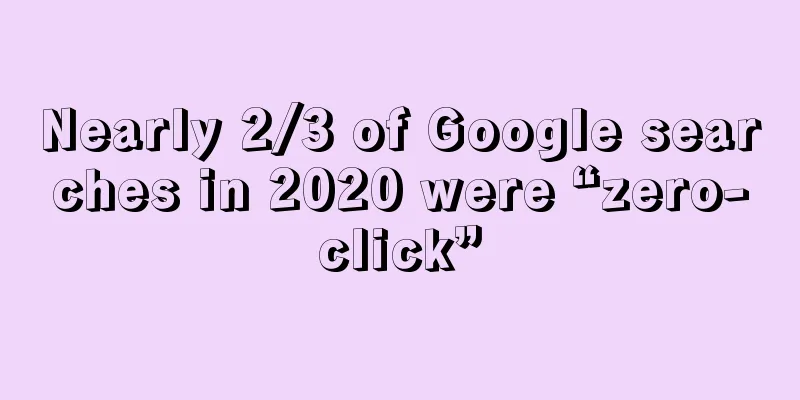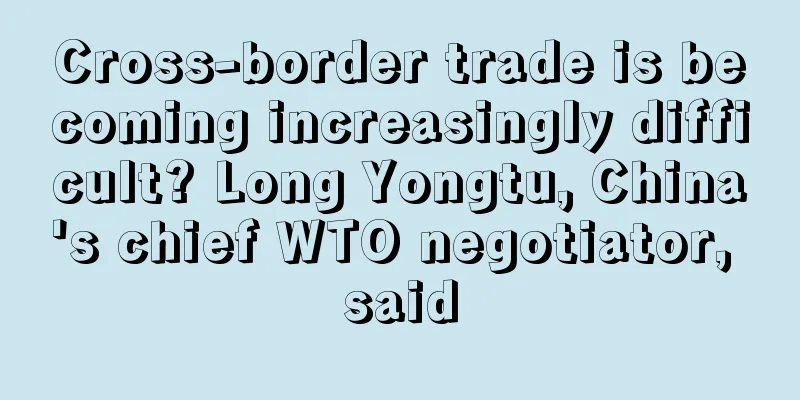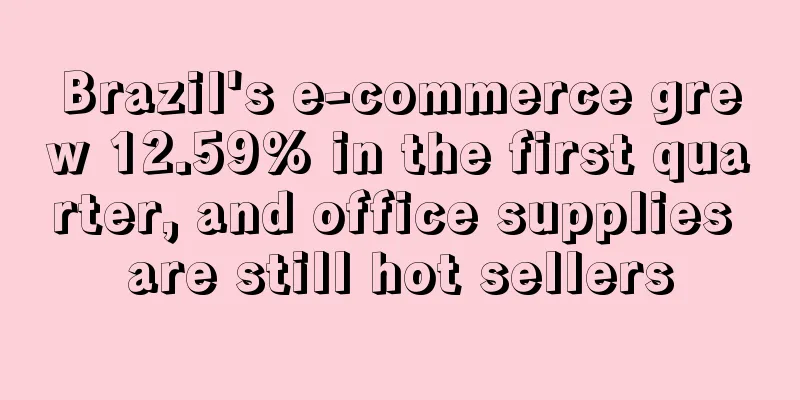Amazon exposed for using secret algorithm to manipulate prices

|
According to the Wall Street Journal, in the antitrust lawsuit filed by the US Federal Trade Commission against Amazon, there are reports that the company used an algorithm called " Project Nessie " to raise prices, which measures how much the platform should raise the price of the product .
The report highlights that Amazon has significantly increased its profits across different product categories by using this algorithm.
People familiar with the matter said that due to Amazon's dominant position in the e-commerce field, its competitors have to raise prices accordingly, which in turn has led to higher prices for products across the entire network.
And if competitors don’t choose to follow suit, Amazon’s Nessie algorithm will automatically adjust the price of the product back to the original price. It is said that the algorithm has been deactivated.
According to Amazon employees, Amazon has previously used this algorithm to engage in price wars with other e-commerce platforms. Specifically, Amazon would first adjust prices against discount stores such as Target to force other competitors to follow suit and lower prices.
The algorithm proved to be beneficial to Amazon in terms of recycling money and increasing profit margins. However, the FTC lawsuit did not reveal specific figures, it only claimed that the practice cost American consumers a lot of money.
The lawsuit also alleges that the algorithm helped Amazon generate an unspecified amount of "excess profits." According to an insider, Amazon generated more than $1 billion in revenue by using the algorithm.
The Wall Street Journal quoted an Amazon spokesperson as saying: "The FTC's complaint materially mischaracterizes this tool."
"The purpose of the Nessie algorithm is very simple. It is to prevent products from being priced too low and causing harm to sellers. That's all. The project was used on some products for several years, but it did not achieve the expected results, so we abandoned it a few years ago," the spokesperson added.
The FTC has argued that Amazon’s monopoly power, as seen in Project Nessie and other cases, has a broad impact in raising prices for its products.
A key point made by the FTC is that Amazon’s control over third-party sellers on its platform leads to higher spending for consumers, even those who buy goods from its competitors.
Amazon has significantly increased the fees it charges sellers in recent years, and the company now takes nearly half of every order from third-party sellers.
A recent report released by a US research organization shows that between 2014 and 2023, the fees charged by Amazon to third-party sellers will rise from 19% of sales to 45%.
One coffee brand said that it has significantly reduced its presence on Amazon due to concerns about over-reliance on the retail platform, and now only 40% of its sales are made through Amazon.
"It's a love-hate relationship," he said. "If they want to close your store, you're out of business." Amazon algorithm Price increase |
<<: SHEIN's new move in the US market
>>: Amazon launches new policy to provide free evaluation services to sellers
Recommend
What is National Bank of Georgia (NBG)? National Bank of Georgia (NBG) Review, Features
<span data-docs-delta="[[20,{"gallery"...
74% of European Internet users shop online. Which trends are worth paying attention to?
According to foreign media reports, the European ...
What is Whale Spirit? Whale Spirit Review, Features
Whaleling (Whaleling Technology Co., Ltd. ) is an...
What is Gorilla ROI? Gorilla ROI Review, Features
Gorilla ROI automatically connects Amazon data to ...
What is BeReal? BeReal Review, Features
Founded in 2020 by French entrepreneur Alexis Bar...
What is Yanglaoban.com? Yanglaoban.com Review, Features
Yang Lao Ban is a cross-border e-commerce investm...
Chinese sellers cause the US Trademark Office to "collapse"? The backlog of trademarks has exceeded 900,000!
With the popularity of cross-border e-commerce, i...
Vegan cosmetics sales in the UK grow by double digits
According to data from the NPD Group, sales of pr...
Cross-Border Link made a profit of more than 500 million yuan in the first half of the year, but is involved in nearly 200 lawsuits!
On August 31, the 2021 semi-annual report of Cros...
Halloween products have started to be sold! Amazon keyword rankings soared 400 places in 7 days
Recently, Li Xingqian, Director of the Department...
Sales increased by 248%! Americans flocked to Amazon to buy air conditioners for the summer
According to U.S. media reports on July 19, Phoen...
What is tranya? tranya Review, Features
Tranya is dedicated to developing cutting-edge aud...
Alibaba International Station held the CoCreate 2024 Summit in the United States and launched a new AI procurement agent
"Global trade is complicated, but we want to...
More than ten people were arrested! Amazon joins hands with brands to fight against counterfeiting across borders
Recently, Amazon and its brand partner Brother cr...
Amazon increases commissions for some categories of Seller Alliance
On April 13, Amazon officially sent a notice to m...









